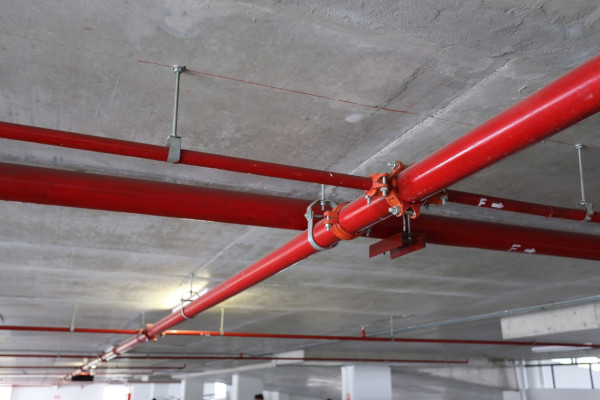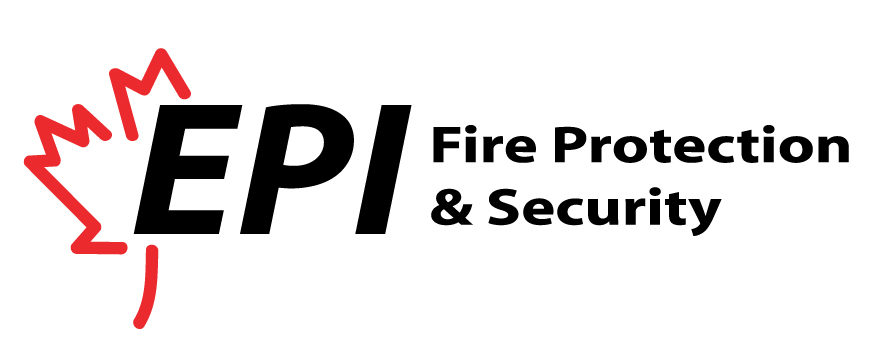
Wet vs. Dry Sprinkler Systems – what is the difference?
The most common types of sprinkler systems are Wet and Dry systems.
A Wet Sprinkler System involves pipes that are filled with water, hence the given title ‘Wet.’ During a fire situation, fire sprinklers activate at a certain temperature and water is instantly released through the sprinkler heads from these pipes. Wet sprinkler systems much more common than dry sprinkler systems. They are easier and cheaper to install and maintain as well.
A Dry Sprinkler System is essentially the opposite of a wet system as the pipes are not filled with any water and instead contain pressurized air or nitrogen. This pressure controls the release of water that is located beyond a release valve. Dry sprinkler systems are used in environments exposed to sub-zero temperatures, such as parking garages or walk-in refrigerator. In these cold environments, water in pipes would freeze, damaging the pipes and therefore interfering with the sprinkler systems ability to function when needed. Dry systems pipes do not contain water. Dry sprinkler systems are often more difficult, and costly to maintain due to their complex design settings.
